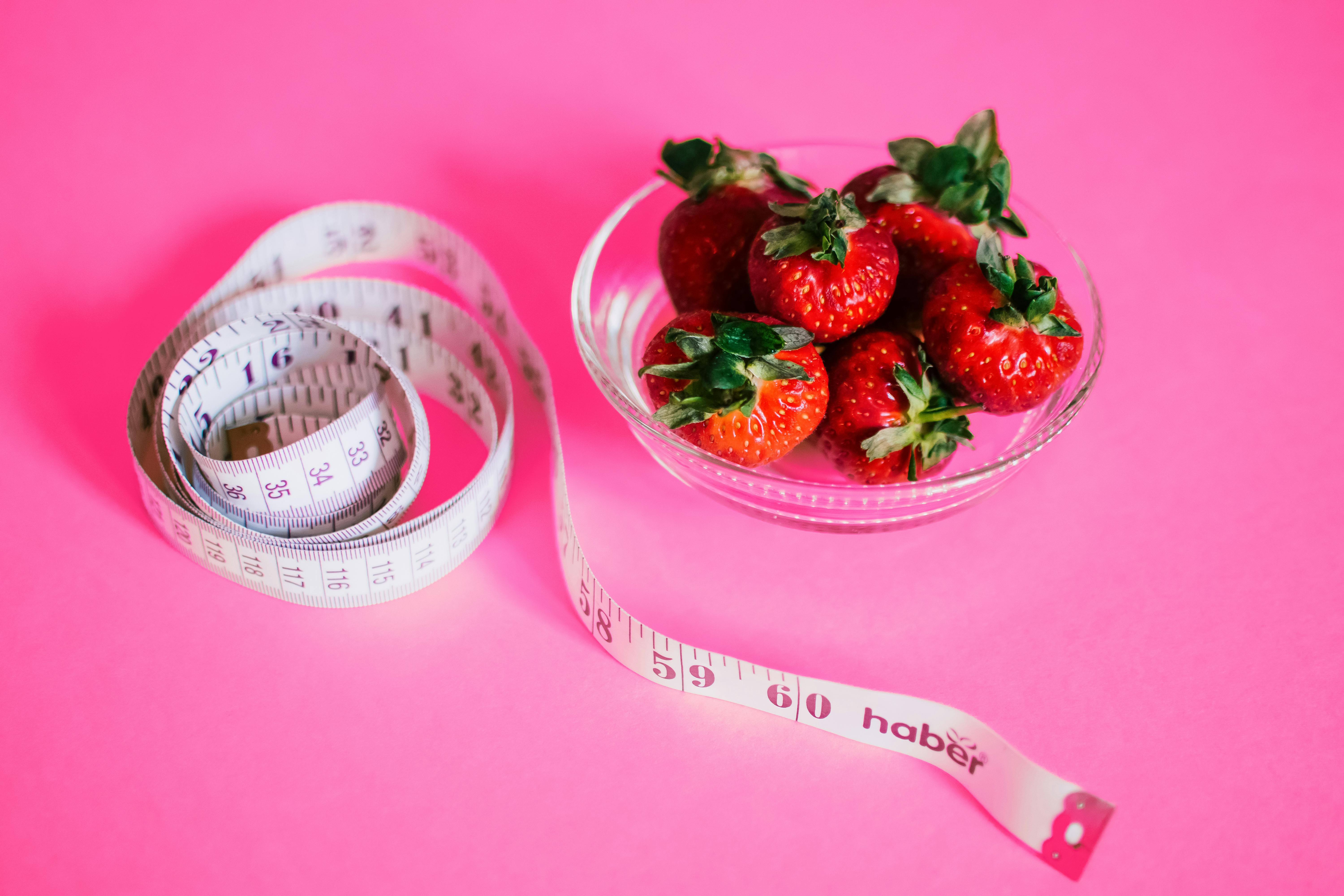
Apply Now


Effective Ways to Improve Painted Turtle Diet in 2025
Understanding What Painted Turtles Eat
Painted turtles are popular pets, known for their vibrant shells and engaging personalities. Understanding their dietary needs is crucial for their health and vitality. A proper painted turtle diet includes a mix of proteins, vegetables, and fruits. Omnivorous by nature, painted turtles thrive on a balanced diet that caters to their nutritional requirements. These fascinating creatures require adequate protein sources along with greens and occasional fruits to replicate their natural diet found in the wild. Additionally, being aware of turtle feeding habits can help owners adjust their feeding practices over time. When considering what to feed painted turtles, it's essential to select foods that mirror their natural food sources. Common options include turtle pellets that are specifically formulated for these reptiles, as well as mealworms for turtles, which are packed with protein. Incorporating a variety of foods ensures that they receive all essential nutrients necessary for their growth and well-being. With these basics established, let’s delve deeper into the elements that contribute to an optimal painted turtle diet.The Essential Nutrients for Painted Turtles
An effective painted turtle diet must encompass a variety of nutrients to maintain their health. The primary components include proteins, vitamins, minerals, and fiber. Proteins are vital for growth and energy; therefore, feeding painted turtles protein-rich foods like mealworms, crickets, and certain fish is encouraged. These protein sources elevate the overall nutritional profile of their diet. Vitamins and minerals are equally important and can often be met through leafy greens for painted turtles, such as kale, dandelion greens, and collards. These vegetables not only provide necessary nutrients but also introduce fiber which aids in digestion. Fresh vegetables for turtles should be offered daily and should comprise a major portion of their diet. Fruits can be given in moderation as turtle snacks. Foods such as strawberries, blueberries, and melons introduce healthy sugars but should not dominate their intake. Awareness of what constitutes a balanced turtle diet is essential for painted turtle owners to ensure their pets thrive.Best Foods for Painted Turtles
Choosing the best food for painted turtles is both an art and a science. The best commercial turtle foods typically contain a blend of protein sources and are fortified with vitamins to meet dietary needs. Turtle pellets are a convenient option, but owners should read labels carefully to ensure they contain high-quality ingredients tailored to their shell-dwelling friends. For a more hands-on approach, many owners opt for homemade turtle food recipes, which allow them to control the ingredients. This practice helps avoid low-quality fillers often found in commercial products. Mixing vegetables, fruits, and protein sources can create a well-rounded and nutritious meal for turtles. Incorporating seasonal dietary changes for turtles is also beneficial. For example, during warmer months, it's easier to source natural food sources like insects or aquatic plants for turtles. Experimenting with different food types over time can also help in discovering what painted turtles prefer, potentially influencing their feeding habits positively.Creating a Balanced Turtle Diet
Developing a balanced turtle diet involves a strategic approach to combine different food types that meet the dietary needs of painted turtles. A proper turtle diet should focus on diversity, ensuring turtles have a mixture of proteins, greens, and fruits continuously. This not only prevents boredom in meals but promotes overall health. It's essential to establish a turtle feeding schedule that aligns with their natural feeding patterns as well. Young painted turtles may require more frequent meals, while adults can comfortably manage with every other day feeding. Observing turtle eating habits can offer insights into their preferences and help identify any changes in their behavior, a crucial factor in evaluating turtle health and wellness. Additionally, always include turtle dietary supplements if necessary—particularly for turtles that may not receive adequate nutrients through diet alone. This can help to bridge the gap whenever dietary deficiencies arise.Common Mistakes in Feeding Painted Turtles
Having a successful turtle feeding routine comes with several challenges. One common mistake in feeding painted turtles is over-reliance on a single type of food, which can lead to nutritional deficiencies. It's important for owners to maintain dietary diversity for turtles to encourage a full array of nutrients. Harmful foods for turtles also pose a significant risk, as some fruits and vegetables can be toxic. For example, avocados and rhubarb should always be avoided. Understanding which foods are safe is key to successful turtle dietary management. Another frequent mistake is neglecting to provide adequate protein, especially in the diets of baby painted turtles, who require higher protein intake for growth. Turtle owners should also ensure that fresh food is regularly applied, as stale or spoiled food can lead to health problems. Building on these fundamentals sets the stage for the essential conversation about proper care for painted turtles, including how to create their feeding environment effectively.Feeding and Caring for Painted Turtles
Proper turtle care extends beyond diet alone. It’s important to provide an environment that promotes healthy eating. Turtle bowl feeding should be designed to allow easy access to food while maintaining cleanliness. Regular water changes and habitat cleaning are necessary to prevent contamination and promote a healthy dining atmosphere. Understanding turtle behavior is also key. Painted turtles may change their feeding habits based on environment, health, and seasonal changes. Observing signs of turtle illness and managing dietary changes accordingly can help in timely interventions if your turtle exhibits signs of distress or uninterest in food. In addition, being mindful of activity levels can help. Turtles that have ample space to exercise often exhibit better appetites and overall health. Careful monitoring and adjustments to their environment will lead to happier, healthier turtles.Frequently Asked Questions About Painted Turtle Diet
What are the best foods for painted turtles?
The best foods for painted turtles include high-quality turtle pellets, a variety of leafy greens like kale and collard greens, protein sources such as mealworms and crickets, and safe fruits like strawberries or blueberries.How often should I feed my painted turtle?
Establishing a feeding schedule is crucial. Young painted turtles may require feeding every day, while adults can be fed every two or three days depending on individual dietary needs and activity levels.Are there foods I should avoid giving to my painted turtle?
Yes, avoid toxic foods such as avocados, rhubarb, and foods high in phosphorous which can lead to dietary imbalances. Always research and choose safe foods for turtles.Can I feed my painted turtle homemade food?
Absolutely! Homemade turtle food can be beneficial as it allows you to choose whole and fresh ingredients. Just ensure to combine a good mix of proteins, greens, and occasional fruits to maintain a balanced diet.How do I know if my painted turtle is eating properly?
Signs of a healthy turtle include normal weight, active behavior, and regular fecal output. If you notice any drastic changes in behavior or diet, it’s important to consult a veterinarian specializing in reptiles.
